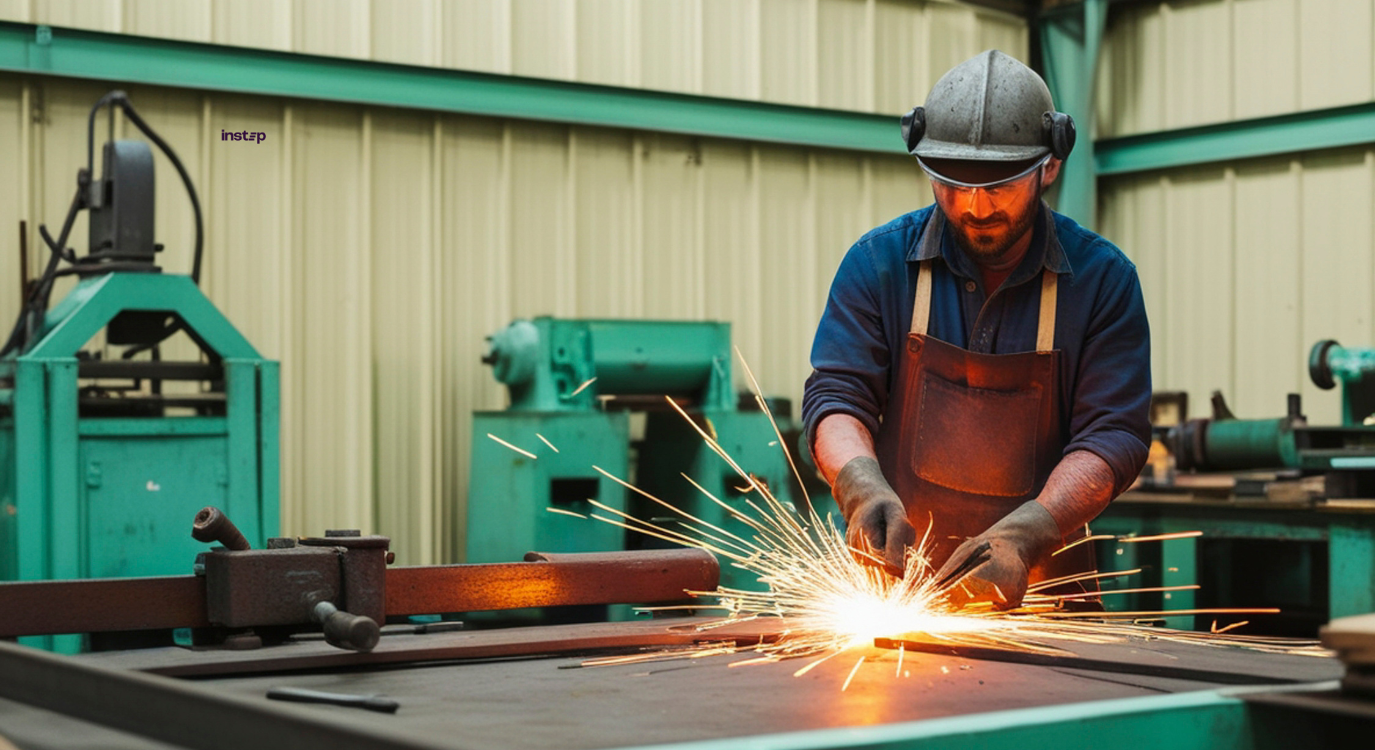
(By Dr Alastair Jones, Instep Leadership Training and Thought Leader)
Business change comes thick and fast.
New ownership, new strategies, new systems. The natural temptation is to jump straight into the operational side. But the truth is, if we don’t bring our people with us, change doesn’t land, it lingers.
The Roman leader Julius Caesar is said to have declared “The die is cast” as he led his army across the Rubicon River in 49 BC, a step that marked an irreversible shift and ushered in the Roman Empire. That phrase has echoed through history to mean a point of no return. Today, in our organisations, we are constantly crossing Rubicons of our own.
Business Change Isn’t the Exception—It’s the Norm
Business change is no longer an occasional disruption, it’s a constant. Once we accept that, the real work begins: how do we lead our people through it, not just around it?
When change happens, it creates a vacuum. And nature, and people, hate a vacuum. Left unfilled, uncertainty can be replaced with rumour, fear, and anxiety. That’s why, as leaders, we can’t over-communicate during times of change.
We won’t always get it right. In fact, we’ll often fail. But as Samuel Beckett reminds us to, “Try again. Fail again. Fail better.”
Failure, in the context of change, is often where learning lives.
John Maxwell put it well, “The pessimist complains about the wind. The optimist expects it to change. The leader adjusts the sails.”
Or in the words of Australian sailor Jessica Watson, “You can’t change conditions. Just the way you deal with them.”
Change Is Human, Not Just Structural
We’ve recently supported several businesses through ownership transitions. And what we’ve seen again and again is that change is never just about systems or strategy, it’s deeply human.
People are asking:
- Do I still belong here?
- Is my work still valued?
- What does this mean for me, my team, my future?
As former YouTube CEO Susan Wojcicki once said, “Part of being successful here is being comfortable with not knowing what’s going to happen.” But comfort with uncertainty doesn’t come naturally. It takes leadership.
Leading from an Asset-Based Mindset
This is where leadership matters most, and where mindset makes all the difference.
Instead of asking, “What’s broken?” ask, “What strengths already exist here that we can build on?”
Instead of declaring, “This is how things will be now,” ask, “How can we shape this together?”
This is because,
Change done to people creates resistance.
Change done with people builds trust, energy and momentum.
The Marathon Model of Business Change
One helpful way to visualise how people respond to change is to think of a marathon. Picture yourself at the finish line of the London, Manchester or Edinburgh Marathons.
At the front of the pack are the elite runners, the Mo Farah’s and Paula Radcliffe’s. They are the early adopters. These are the people who thrive on change and run toward it.
Next come the experienced amateurs, motivated and capable, they move through change with confidence, especially after watching the early pioneers go first.
Then comes the main body of runners. This is your middle majority. They don’t rush in, but with clear communication, trust in leadership, and the right support, they get there.
And finally, the back of the pack, the walkers. They might struggle to see the need for change or fear its implications. But they can still cross the finish line with encouragement, peer support, and compassionate leadership.
Our job as leaders is not to judge where people are on the course, but to help everyone finish well.
Navigating Transitions with the 3 Stages and the 4Ps + 2Cs
At Instep we use William Bridges’ Managing Transitions model often as it is especially useful. He outlined three key stages:
1. Endings: Letting go of the old.
2. Neutral Zone: The confusing middle ground.
3. New Beginnings: Embracing a new way forward.
People often experience the start of change or endings as a kind of grief. Even if the change is positive, the loss of the familiar can trigger uncertainty and resistance. That’s why good leadership during this phase is critical.
To help teams through each stage, Bridges offered a practical framework known as the 4 Ps and 2 Cs:
The 4 Ps of Business Change:
- Purpose: Everyone must know *why* the change is happening. Without purpose, business change feels arbitrary and demoralising.
- Picture: Paint a compelling and vivid picture of the future. People need a vision they can connect with.
- Plan: Provide a clear roadmap. This offers reassurance and shows that the change is intentional, not reactive.
- Part: Invite everyone to play their part or role. When people feel they’re part of the business change, not just subject to it, they invest more fully and own the outcome.
And Running Through It All, the 2 Cs:
- Care: People need to feel seen and valued, especially when they are struggling.
- Compassion: This is the foundation of trust. Without compassion, people won’t feel safe enough to move forward.
As Ken Blanchard said: “The key to successful leadership today is influence, not authority.” And influence is built on trust, care, and credibility.
Equipping Leaders to Lead Through Business Change
What we need now is not just leaders who can manage transitions, but leaders who can lead them. With compassion, clarity, and confidence.
When leaders know how to:
- Discern the strengths already present,
- Unlock potential in others,
- And nurture belief in the shared vision
Then business change becomes not something to fear, but something to embrace. A chance for growth. A chance to build something better – together.
Because the truth is: business change is here to stay. The only real question is: Will our people be ready?
At Instep, we’ve helped leaders across sectors navigate moments of profound business change. If you’re facing one of those Rubicon moments – where the old way is gone and the new is still emerging – we’d love to support you.
Let’s have a conversation about how to equip your leaders to lead with humanity, courage, and purpose.


